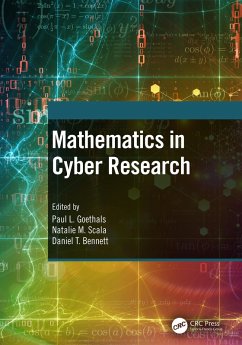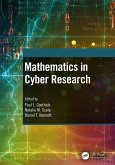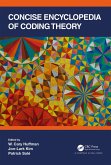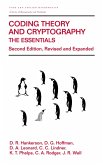At the very foundation or root of cyberspace systems and processes are tenets and rules governed by principles in mathematics. Topics such as encrypting or decrypting file transmissions, modeling networks, performing data analysis, quantifying uncertainty, measuring risk, and weighing decisions or adversarial courses of action represent a very small subset of activities highlighted by mathematics. To facilitate education and a greater awareness of the role of mathematics in cyber systems and processes, a description of research in this area is needed.
Mathematics in Cyber Research aims to familiarize educators and young researchers with the breadth of mathematics in cyber-related research. Each chapter introduces a mathematical sub-field, describes relevant work in this field associated with the cyber domain, provides methods and tools, as well as details cyber research examples or case studies.
Features
- One of the only books to bring together such a diverse and comprehensive range of topics within mathematics and apply them to cyber research.
- Suitable for college undergraduate students or educators that are either interested in learning about cyber-related mathematics or intend to perform research within the cyber domain. The book may also appeal to practitioners within the commercial or government industry sectors.
- Most national and international venues for collaboration and discussion on cyber matters have focused primarily on the topics of law, policy, strategy, and technology. This book is among the first to address the underpinning mathematics.
Dieser Download kann aus rechtlichen Gründen nur mit Rechnungsadresse in A, B, BG, CY, CZ, D, DK, EW, E, FIN, F, GR, HR, H, IRL, I, LT, L, LR, M, NL, PL, P, R, S, SLO, SK ausgeliefert werden.
Summing Up: Highly recommended. Lower- and upper-division undergraduates. Graduate students, faculty, and professionals."
- J. Brzezinski, McHenry County College, CHOICE Review









